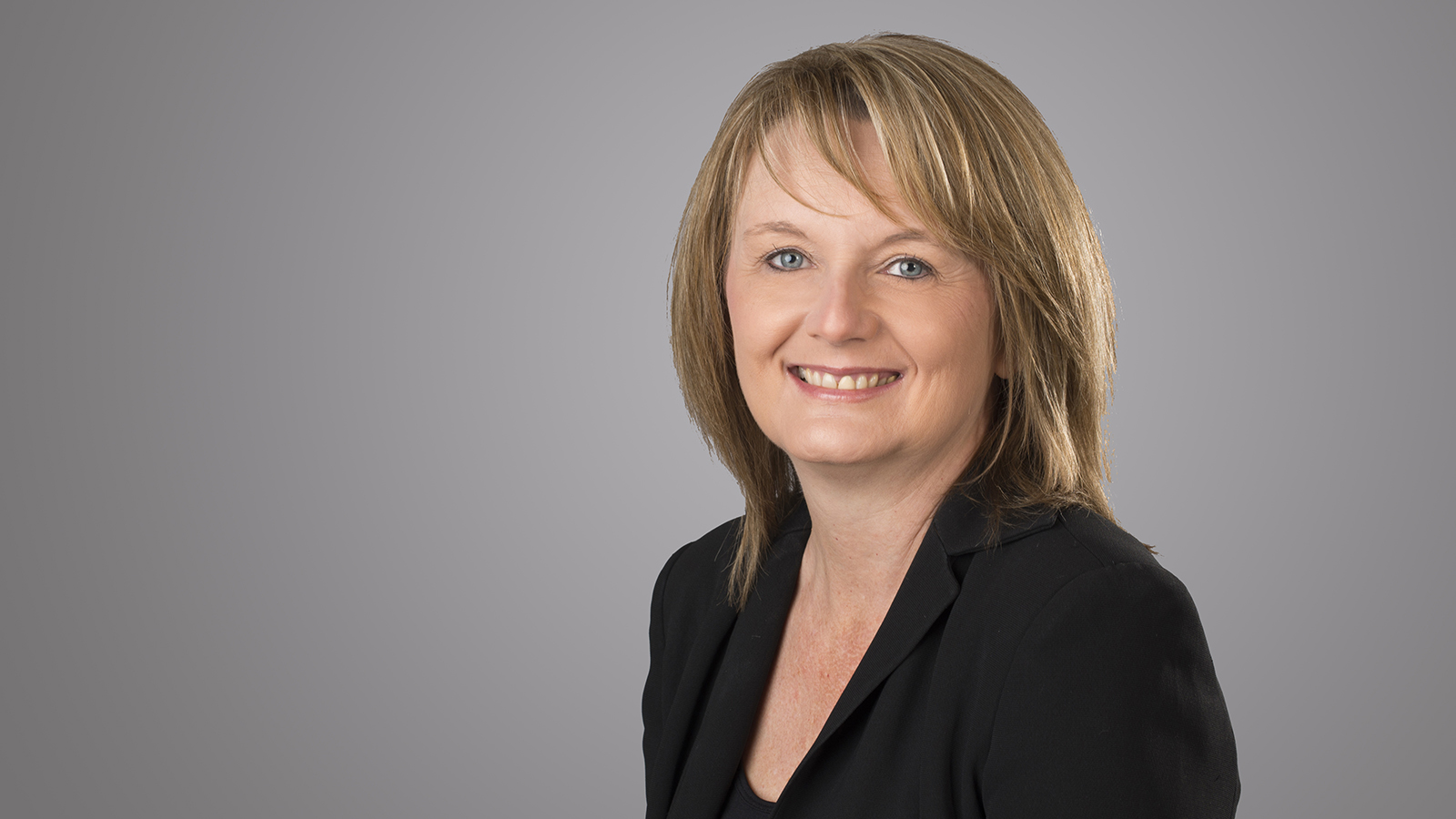
Brain Awareness: Weissling leads efforts in AAC and treatment of aphasia
20 Mar 2017 By Kelcey Buck
Each March, the Brain Injury Association of America observes Brain Injury Awareness Month. At the same time, the Society for Neuroscience recognized Brain Awareness Week March 13-19. In conjunction with these two annual events, the University of Nebraska-Lincoln’s Department of Special Education and Communication Disorders is highlighting the work of three faculty members whose research and expertise focuses on brain development, injuries and disorders.
Kristy Weissling, who is an associate professor of practice as well as the clinic coordinator for the speech and language services in the Barkley Speech Language and Hearing Clinic, summarized the importance of the brain:
“People don’t understand that it’s really their brain that is who they are. You can look in the mirror and see your face, or hear your voice when you talk, and think, ‘Oh, that’s me,’ but the thing that gives your face tone and gives you your mannerisms is your brain. Your voice and how it functions is mediated by your brain. Your thoughts and ability to communicate, everything is mediated by your brain. It’s who you are, and yet we sometimes take it so for granted. We don’t think about, ‘If this affects my brain, it’s going to profoundly affect who I am as a person because it’s going to affect my thought patterns, my language, my ability to communicate, and all these other things.’”
Weissling’s path to research focusing on aphasia and the use of augmentative and alternative communication (AAC) began with a fascination with neurology as an undergraduate student. While pursuing her master’s degree in speech-language pathology at Nebraska, she got a traineeship at the VA Hospital in Omaha, where she often worked with individuals who had stroke and aphasia.
“That’s when I really started to focus in on the idea that I really liked working with individuals who have aphasia,” Weissling said. “That particular disorder fascinated me in terms of how it so profoundly affected people’s ability to communicate in ways that other disorders may not. I did my thesis on aphasia and working on how to better treat individuals with aphasia.”
Aphasia is caused by damage to the region of the brain that involves the ability to formulate and understand language, most commonly as the result of a stroke. Other causes include traumatic brain injuries, removal of brain tumors, and brain infections. Aphasia is often categorized into eight types, based on an individual’s fluency of speech, auditory comprehension skills, and ability to repeat speech back to another person. Although some people recover from aphasia shortly after experiencing a stroke, many will be affected by the disorder throughout the rest of their lives.
“That doesn’t mean it won’t get better,” Weissling said. “It DOES get better and it DOES improve over time. It is something that, for many people, is always going to be there, but something that can improve.”
While earning her master’s degree, Weissling also got experience in AAC, and gained additional experience in each job along her career path. Combining that experience with her passion for working with individuals with aphasia led her to begin focusing on utilizing AAC methods for those individuals.
There are three main categories of AAC – no tech, low tech and high tech. No tech involves helping the individuals use their natural gestures, facial expressions and vocal intonations to augment their messages. Weissling describes low tech AAC as anything without a battery. These techniques include utilizing a person’s drawing skills or their ability to write word fragments, or putting together a communication book that includes names of people, places and other important things that the individual can point at to communicate with other people. High tech AAC includes smartphones and iPads, mobile apps, and dedicated devices whose sole purpose is to be used for communication.
At the Barkley Speech Language and Hearing Clinic, clinicians and graduate students utilize the AAC lab to help patients improve their communication in whatever way works best for the individual.
“We have a lot of expertise in Augmentative and Alternative Communication, as well as restorative treatment – the kinds of treatments that help people to talk better,” Weissling said. “We try to come up with a program that really is the best of both because in the end, it’s really about communication. Whether you use your speech, a communication book, a communication device or an iPad, it’s all about getting your story out.”
In addition to the AAC lab, the Barkley Clinic also has a computer lending program that allows individuals with aphasia to take home a computer with special software on it to allow for extra practice and therapeutic time. There is also an aphasia group at the Barkley Center that brings together individuals with aphasia for support and treatment, while also allowing time for training and supporting the caregivers of those individuals.
This semester, the Barkley Clinic launched its Aphasia Community Partners program, which matches an individual with aphasia with a volunteer who is willing to take them out to engage in community activities. The program provides the volunteers with support and training on communication strategies for the individual they are paired with, as well as a stipend to offset some of the costs for the activities. Funding for the program comes from the annual Aphasia Awareness Walk held each June on East Campus.
“Generally, people become, over time, more and more socially isolated, which is why the Aphasia Community Partners program is so important because it keeps getting them out there and helps them get reconnected and making friendships. My dream is that we help people stay connected.”
Read the other two Brain Awareness stories about assistant professor YingYingWang's brain imaging research into reading difficulties and professor Karen Hux's work with individuals with traumatic brain injuries.
Special Education and Communication Disorders